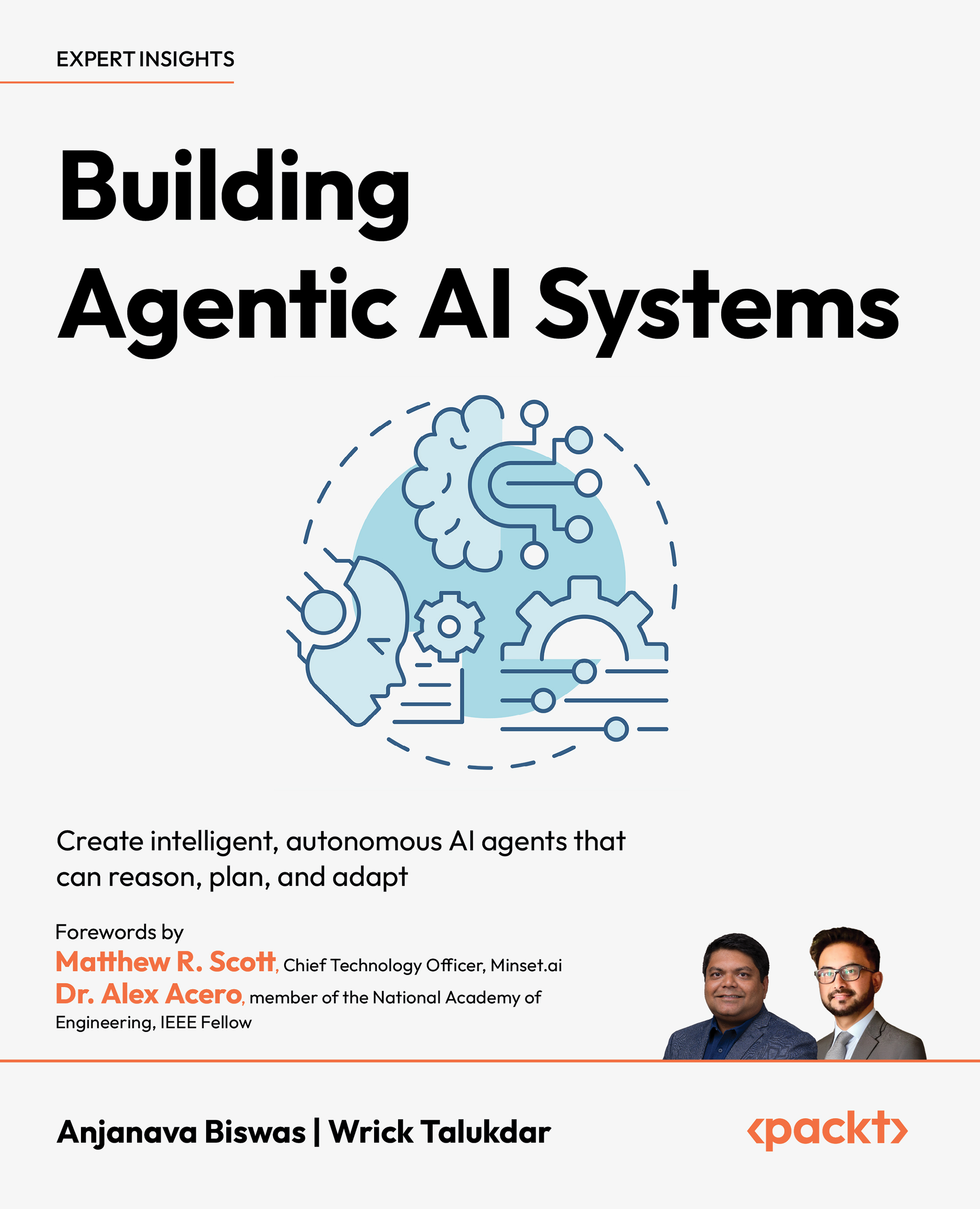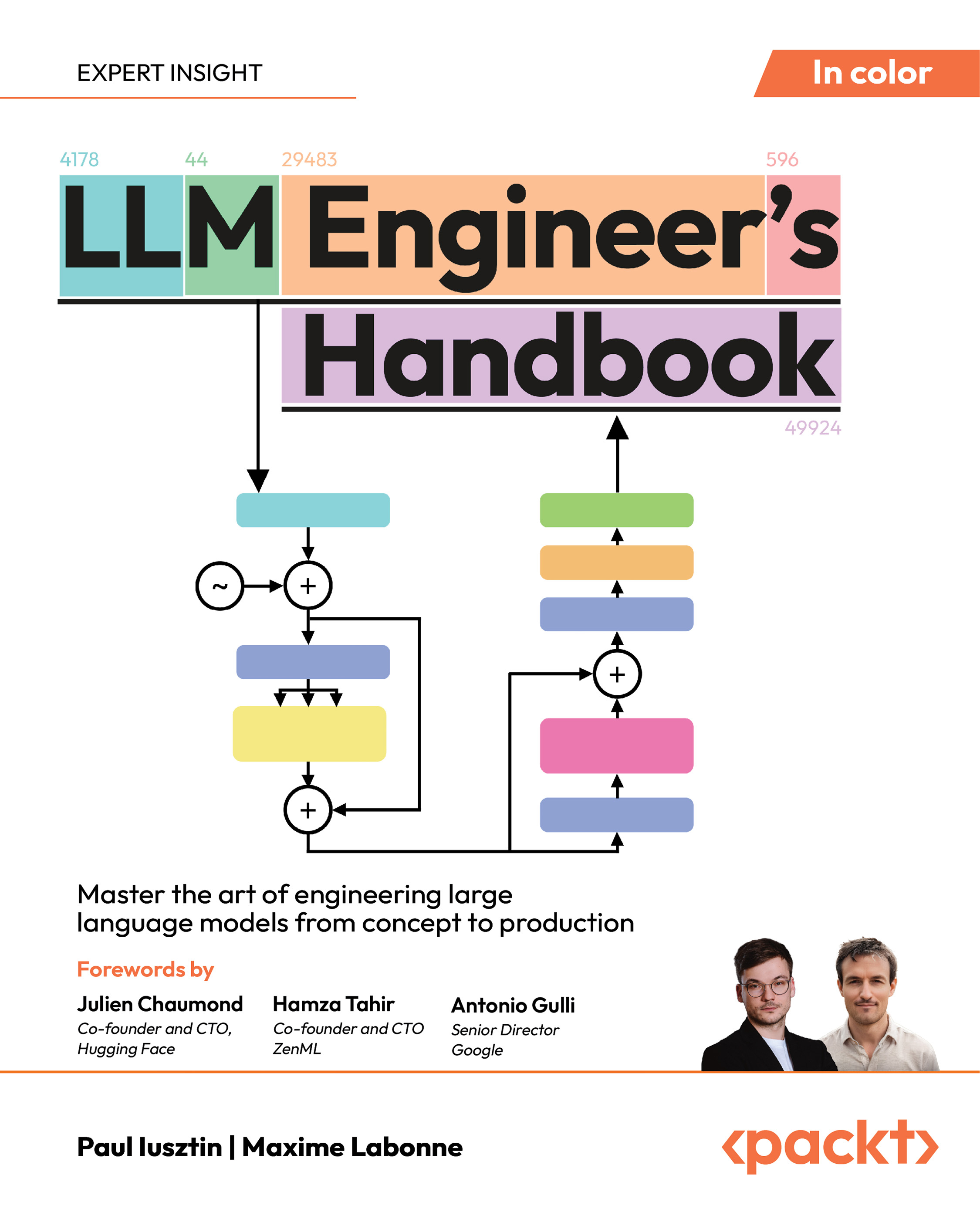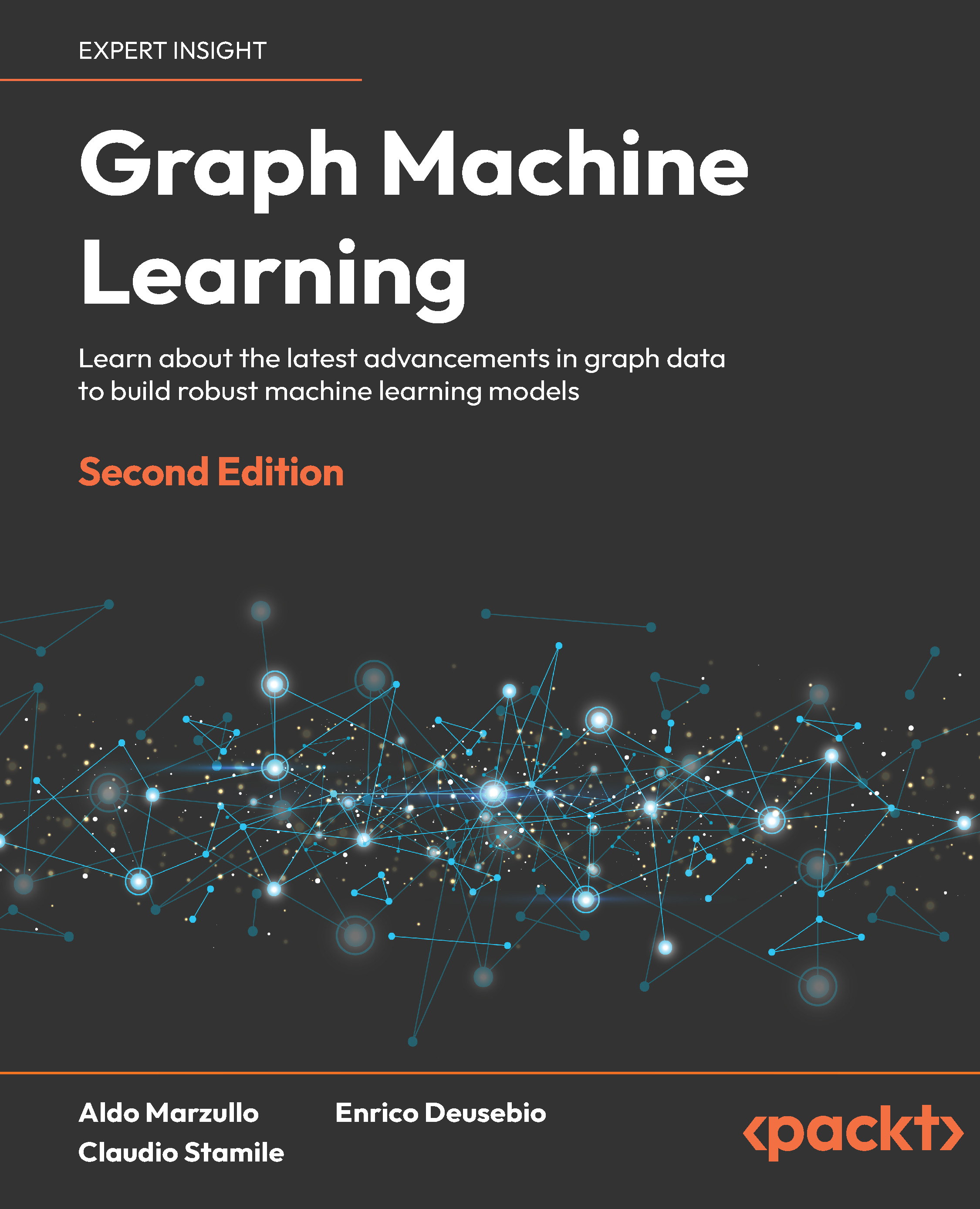PyPy2.7 and PyPy3.5 v5.10 dual release, Microsoft-Fujitsu AI partnership, Photosynth re-addition into Microsoft Pix, and Baidu-Huawei open AI platform for mobiles in today's top stories around artificial intelligence and data science.
v5.10 — an incremental release for PyPy 2.7 and PyPy 3.5
PyPy has released the version 5.10 of PyPy2.7 and PyPy3.5 (which will be its final version). The v5.10 is an incremental release with few new features, and compared to 5.9, the 5.10 version contains mostly bugfixes.
However, one standout feature in the final PyPy3.5 release is that it works on linux and OS X with beta windows support. It also includes fixes for vmprof cooperation with greenlets.
“We have in the pipeline big new features coming for PyPy 6.0 that did not make the release cut and should be available within the next couple months. There are quite a few important changes that are in the pipeline that did not make it into the 5.10 release. Most important are speed improvements to cpyext (which will make numpy and pandas a bit faster) and utf8 branch that changes internal representation of unicode to utf8, which should help especially the Python 3.5 version of PyPy,” the PyPy team said in its official announcement.
Earlier in August, Mozilla had announced grant for PyPy 3.5 support.
PyPy2.7 is an interpreter supporting Python 2.7 syntax and PyPy3.5 is an interpreter for Python 3.5 syntax. You can download the v5.10 releases here: http://pypy.org/download.html
Fujitsu, Microsoft team up on AI
Japanese MNC Fujitsu and Microsoft have expanded the scope of their partnership into the field of artificial intelligence to ‘transform’ the ways people work in companies. Based on the Microsoft 365 integrated cloud service, the new solutions will be driven by Fujitsu's AI technology, Fujitsu Human Centric AI Zinrai, and Microsoft AI platform services on Azure. The two companies aim to develop a new $2 billion of new businesses in the global market by 2020. The new solutions will be available in the Japanese market from the second quarter of 2018 before they are rolled out globally.
Photosynth returns as a feature in Microsoft Pix
Earlier in February, Microsoft shut down Photosynth. Now the feature has been brought back in Microsoft Pix, the iOS camera app that leverages AI to help you take better photos. While the new Photosynth feature uses some of the technology behind the original platform, it is actually now faster and allows for smoother capture, Microsoft said. Photosynth is now making use of the built-in Pix features like auto-enhancements for white balance, tone and sharpness.
Unlock access to the largest independent learning library in Tech for FREE!
Get unlimited access to 7500+ expert-authored eBooks and video courses covering every tech area you can think of.
Renews at £15.99/month. Cancel anytime
In addition, the updated Pix app now also includes Pix Comix, which uses a machine learning model to select the most interesting frames in a video and turn them into a comic strip. The AI model will look for things such as faces with eyes open and interesting scenes, but will avoid blurry frames. This feature is somewhat similar to Storyboard for Android (Google’s recent experimental app).
Chinese tech giants and their continued AI rally..
China-based Huawei and Baidu have announced they will work together on developing and building an open AI mobile ecosystem, including devices, technology, internet services, and content.
The new ecosystem will combine Baidu’s Brain (that’s how its suite of AI tools has been dubbed), with Huawei’s HiAI mobile computing platform. The project will also take advantage of the AI-focused hardware components that Huawei installs in its latest smartphone models.
“The future is all about smart devices that will actively serve us, not just respond to what we tell them to do,” said Richard Yu, chief executive of Huawei’s Consumer Business Group. “With a strong background in R&D, Huawei will work with Baidu to accelerate innovation in the industry, develop the next generation of smartphones, and provide global consumers with AI that knows you better.”
In addition, Baidu and Huawei will also work together to build an augmented reality ecosystem, extending their collaboration into other areas such as mobile search.
 United States
United States
 Great Britain
Great Britain
 India
India
 Germany
Germany
 France
France
 Canada
Canada
 Russia
Russia
 Spain
Spain
 Brazil
Brazil
 Australia
Australia
 South Africa
South Africa
 Thailand
Thailand
 Ukraine
Ukraine
 Switzerland
Switzerland
 Slovakia
Slovakia
 Luxembourg
Luxembourg
 Hungary
Hungary
 Romania
Romania
 Denmark
Denmark
 Ireland
Ireland
 Estonia
Estonia
 Belgium
Belgium
 Italy
Italy
 Finland
Finland
 Cyprus
Cyprus
 Lithuania
Lithuania
 Latvia
Latvia
 Malta
Malta
 Netherlands
Netherlands
 Portugal
Portugal
 Slovenia
Slovenia
 Sweden
Sweden
 Argentina
Argentina
 Colombia
Colombia
 Ecuador
Ecuador
 Indonesia
Indonesia
 Mexico
Mexico
 New Zealand
New Zealand
 Norway
Norway
 South Korea
South Korea
 Taiwan
Taiwan
 Turkey
Turkey
 Czechia
Czechia
 Austria
Austria
 Greece
Greece
 Isle of Man
Isle of Man
 Bulgaria
Bulgaria
 Japan
Japan
 Philippines
Philippines
 Poland
Poland
 Singapore
Singapore
 Egypt
Egypt
 Chile
Chile
 Malaysia
Malaysia













